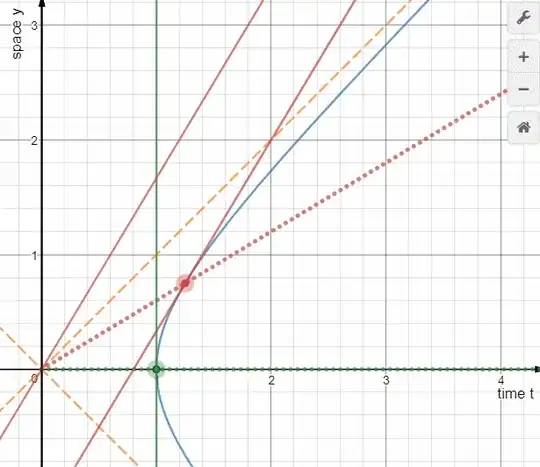I appreciate if this question has been posited before and easily findable by Google searching, but as of yet I haven't found anything to answer this. I'm sure I'm making an incorrect assumption in the fact that if the distance formula in Euclidean space is merely finding the Pythagorean distance by considering the hypotenuse made by each extension of an object in $x,y,z$ in space, that I'd expect, if the spacetime interval had indeed this analog to invariant "distance" in special relativity, it would be Pythagorean too, but it is (assuming the events in question are only in the spatial dimensions $x$ and $t$):
$$(\Delta s)^2 = (c\Delta t)^2 - (\Delta x)^2$$
Now, I'm sure that this is a much more nuanced thing that may not have much to do with the Pythagorean theorem, but it's cannily close to it, and since I've been told the spacetime interval is fairly close to an analog for Pythagorean distance in that of Minkowski space, I'd think there would be some key difference, as it is eerily close.
I suppose my question is: what is the intuition behind this formula, and why is it not Pythagorean? I was looking through some similar questions notably this one, but I'm having trouble still getting my head around why the signature of the metric is negative.


